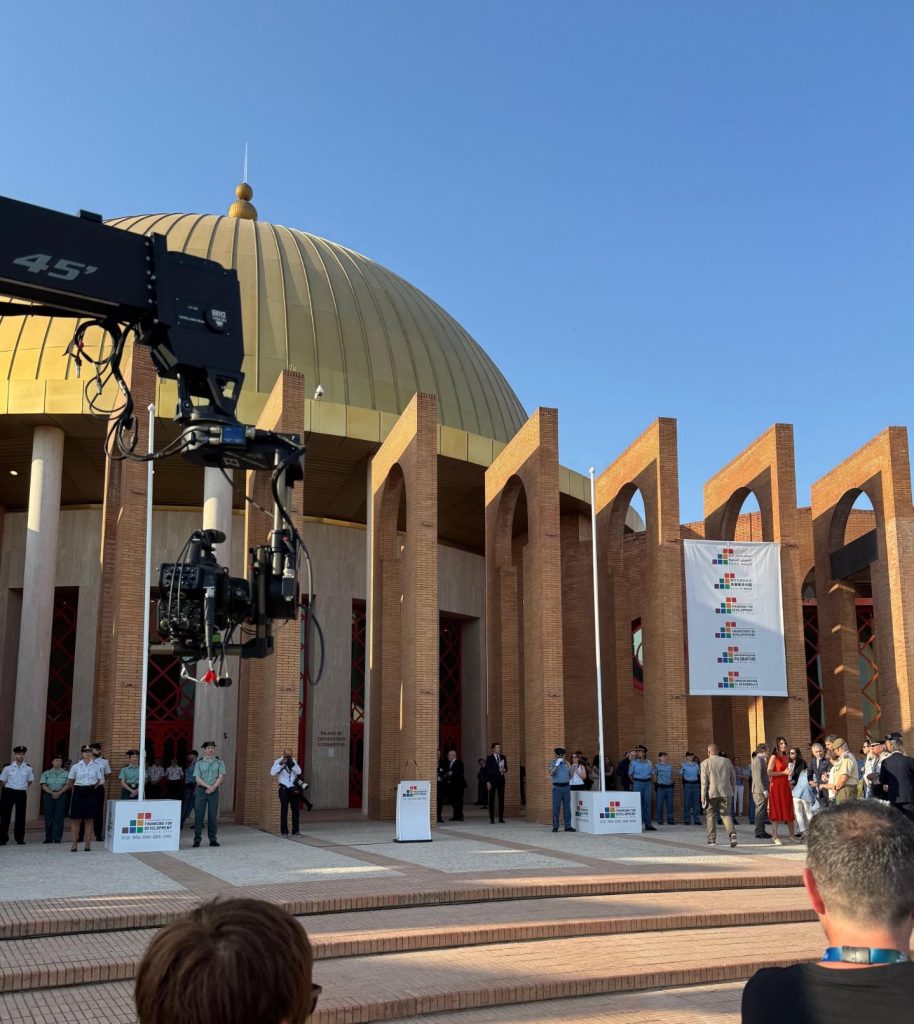Last year we reported on global frustrations with the World Bank’s approach to climate lending and the climate denialist comments made by its President, David Malpass. This culminated in both Germany the United States, supported by 10 other countries, putting forward a joint proposal in October for the “fundamental reform of the World Bank” to its management. The Bank was asked to deliver a roadmap by the end of 2022 on how it would reform its vision, incentive structure, operational approach and financing capacities to respond to global challenges. The reform of the Bank and related institutions, also took centre stage at COP27 last year in Egypt. The Sharm el-Sheikh Implementation Plan calls on shareholders of Multilateral Development Banks (MDBs) and international financial institutions (IFIs) to reform their practices and priorities, align and scale up funding, simplify access procedures, and define a new vision and operational model that is fit for purpose. It also calls on them to align their spending with climate goals.
Earlier this month, Reuters reported that the World Bank had developed an “evolution roadmap” (currently not publicly available) to change its mission, operating model and financial capacity with a view to expanding its lending capacity to address global crises such as climate change. It intends to negotiate this with its shareholders in April, with a view to it being approved by the joint World Bank and IMF Development Committee in October this year.
Reuters reports that the potential reforms contemplated include new capital increases, changes to the Bank’s capital structure to unlock more lending and new finance tools for example guarantees for private sector loans and means to mobilise more private capital. It may also develop higher statutory lending limits, lower equity-to-loan requirements and the use of callable capital – money pledged but not paid in by member governments – for lending.
Devex, which has also had sight of the roadmap, reports that the Bank is questioning whether climate vulnerability could substitute poverty as a lending criteria. This could possibly mean a new concessional fund that middle income countries such as Rwanda, South Africa, Gabon, Botswana, Namibia, Equatorial Guinea, Mauritius and Libya could access on more affordable terms. The bank is also thinking about doing more projects involving multiple countries to facilitate regional climate efforts. The roadmap proposes more staff to support increased levels of lending as well as budget resources for implementation.
The bank has, however, stood by its position that it will explore reforms but that it will not abandon its AAA credit rating of to increase lending, something that some civil society organisations were calling for.
The push for the reform of MDBs and IFIs was propelled last year by an Independent Review of MDB’s Capital Adequacy Frameworks (CAF Report) by an expert group commissioned by the G20. The report makes a series of recommendations on how MDBs can lend more without needing new capital or triggering a downgrade to their credit ratings. They came up with a number of key recommendations, including to take more risk and acknowledging callable capital more. MDBs collectively hold $2 trillion in the form of callable capital guarantees but most don’t consider this in their risk assessments. The CAF Report also suggests that MDBs needed to innovate and share risks more with other partners, improving the credit rating agency assessments (eg Fitch, Moody’s and S&P) so that they are more consistent between them. And lastly it argues for the need to increase the transparency of MDBs with better data disclosure and harmonisation. To implement these measures joint actions by the shareholders of the MDBs is needed.
Given the importance, technical nuance and breadth of the World Bank’s draft “evolution roadmap” and the fact that it directly ties to the commitments made in the Sharm el-Sheikh Implementation Plan, it would be important for the Bank to make it publicly available. Not only should African governments comment on its content, (which they will during this year’s review) but civil society, the private sector, think tanks and development institutions should also be able to engage and assess its appropriateness for African countries.






